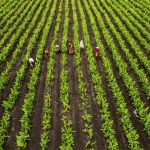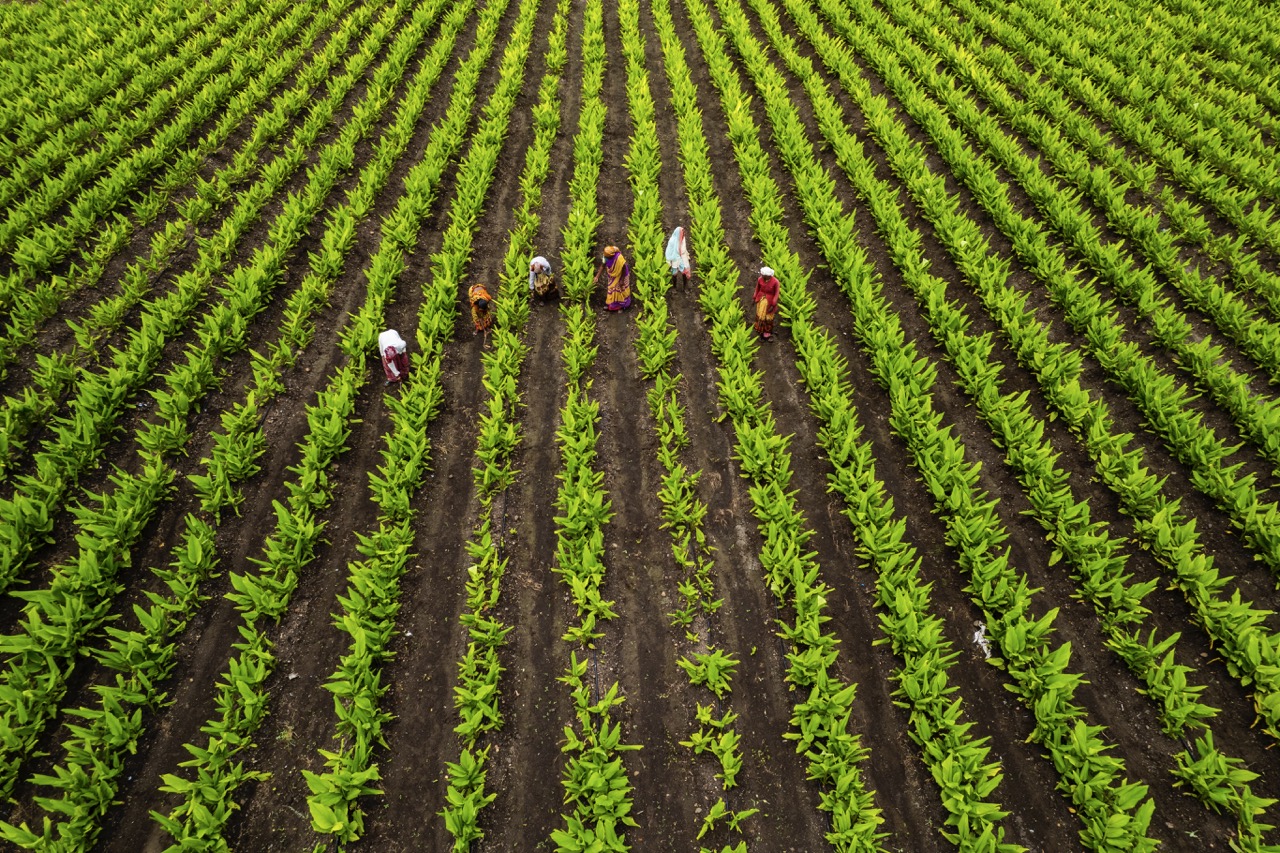In an era where sustainability is becoming increasingly vital, the agricultural sector finds itself at a crossroads. Farms are significant consumers of energy, which not only contributes to operational costs but also impacts the environment. Making your farm more energy efficient is not merely an option; it’s a necessity for ensuring long-term viability and reducing carbon footprints. This article will explore various strategies that farmers can implement to enhance energy efficiency, covering everything from understanding current energy consumption to adopting renewable solutions and optimizing machinery.
Understanding Energy Consumption on Your Farm Today
Before embarking on the journey to improve energy efficiency, it is crucial to gain a comprehensive understanding of your farm’s current energy consumption. Start by conducting an energy audit to assess where and how energy is being used across different operations. This involves examining electricity usage in farming equipment, irrigation systems, heating for livestock, and even transportation methods. By pinpointing high-consumption areas, farmers can identify potential savings and develop targeted strategies.
Additionally, seasonal variations can significantly impact energy consumption patterns. Analyzing historical data regarding energy usage throughout different times of the year can provide insights into peak consumption periods. This knowledge allows for better planning and resource allocation, particularly during critical phases like planting and harvesting. Understanding these dynamics is the first step toward creating a more energy-efficient farming operation.
Moreover, understanding energy sources is vital. Are you relying heavily on fossil fuels, or do you have a mix of renewable and non-renewable sources? Evaluating the environmental impact of your energy sources helps highlight opportunities for improvement and transition toward cleaner alternatives. This foundational knowledge is essential for farmers who wish to make informed decisions about energy efficiency initiatives.
Implementing Renewable Energy Solutions for Sustainability
Transitioning to renewable energy sources is one of the most effective ways to enhance energy efficiency on the farm. Solar panels, for example, can be installed on barns and outbuildings to harness sunlight. This technology not only reduces reliance on grid electricity but can also lead to substantial long-term savings. Many farms are now adopting solar energy systems that can power operations and even generate excess energy for sale back to the grid, providing a new revenue stream.
Wind energy is another renewable option that farmers can explore. Installing wind turbines may not be feasible for every farm but can be incredibly efficient in wind-rich regions. Farms with significant land can benefit from small-scale wind energy systems that reduce overall energy costs. Additionally, some farmers partner with energy companies to share installation costs, making wind energy a more accessible option.
Lastly, consider incorporating bioenergy solutions, such as anaerobic digesters, which convert organic waste into energy. This not only reduces waste but also creates a sustainable energy source for heating and electricity. The integration of renewable energy solutions not only enhances sustainability but also positions farms as leaders in the movement toward energy efficiency in agriculture.
Optimizing Equipment and Machinery for Energy Savings
To maximize energy efficiency, it is essential to optimize the equipment and machinery used on the farm. Older machinery can be notoriously energy-inefficient, so investing in newer, energy-efficient models can yield significant savings. Look for equipment that is rated highly for energy efficiency and explore the possibility of retrofitting existing machinery where feasible. Simple adjustments, such as regular maintenance and proper calibration, can vastly improve efficiency and prolong the lifespan of your equipment.
Another strategy involves adopting precision agriculture techniques, which utilize technology to optimize resource use. This includes GPS-guided tractors and drones that can monitor crop health and soil conditions. By applying inputs more precisely, farmers can reduce waste and improve productivity, leading to both energy savings and higher yields. Implementing precision agriculture not only helps in conserving energy but also enhances the overall sustainability of farming practices.
Additionally, consider the timing of operations as a way to enhance efficiency. Scheduling major tasks during off-peak hours can decrease energy costs, and using energy storage solutions can help manage demand. By smartly coordinating machinery use and factoring in energy pricing, farmers can significantly lower their energy expenditure and improve overall operational efficiency.
Monitoring and Evaluating Efficiency for Continuous Improvement
Monitoring energy usage is critical to maintaining efficiency on your farm. Implement real-time monitoring systems that can track energy consumption across various operations. These systems provide valuable data that can help identify trends, spikes, and anomalies in energy use. By understanding how different activities impact energy consumption, farmers can make informed decisions to adjust practices and improve efficiency.
Regular evaluations of energy efficiency practices are also vital. Set benchmarks based on your energy audit and track progress over time. This allows farmers to identify which initiatives are yielding the best results and where further improvements can be made. Engaging employees in this process can enhance awareness and foster a culture of energy conservation on the farm.
Finally, consider seeking external expertise through partnerships with energy consultants or local agricultural extension services. These organizations can offer additional resources and insights on best practices for energy efficiency. Continuous improvement in energy consumption not only benefits individual farms but also contributes to the broader goal of sustainable agriculture.
Enhancing energy efficiency on your farm is not just an environmentally responsible choice but also a financially prudent one. By understanding current energy consumption, implementing renewable energy solutions, optimizing machinery, and continually monitoring efficiency, farmers can position themselves for a sustainable future. As the agricultural sector faces increasing pressures from climate change and rising energy costs, taking these steps is essential for not just survival, but thriving in a competitive landscape. Embracing energy efficiency is a commitment to both your farm’s future and the health of our planet.










